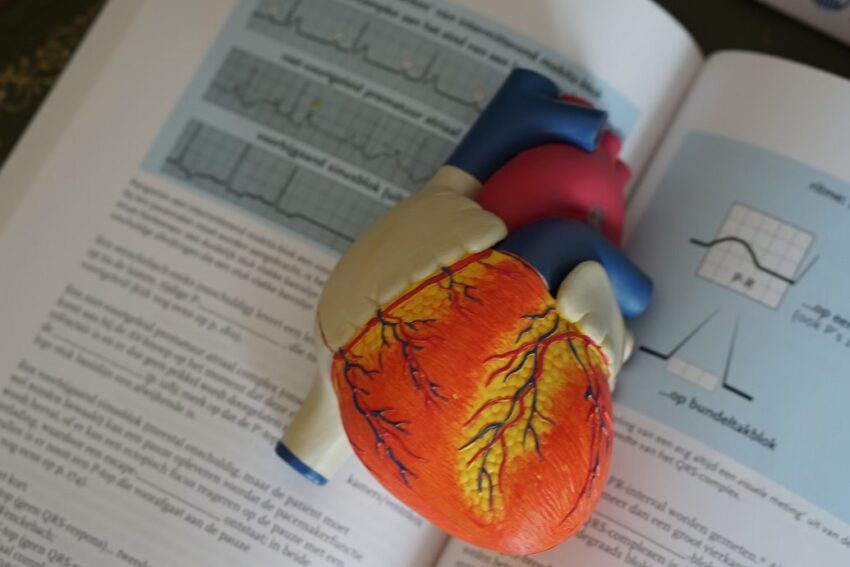The lives of firefighters are both heroic and challenging. It’s indeed courageous of them to march into buildings or any other site on fire and successfully extinguish it. But that’s just half the picture. While they ensure others are safe, they put themselves in jeopardy by using firefighting foam, or AFFF Exposure. This toxic foam leads to various types of cancer and other ailments.
AFFF comprises PFAS (per- and polyfluoroalkyl substances), which is a cluster of more than 9,000 artificial substances that resist water, grease, and oil. These chemicals stay in the environment for a long time and build up in the human body as well. As a result, it leads to kidney, testicular, prostate, and liver cancer, ulcerative colitis, and various other critical health conditions.
According to a new study, PFAS isn’t present in everyone’s bloodstream. But firefighters or others who’ve been exposed to this foam can suffer from high cholesterol levels and other cardiac issues. It’s the youth who are mostly at the receiving end of this health problem.
In this article, we will discuss this and also shed light on how victims can seek legal compensation.
AFFF Exposure and Heart Ailments: Understanding the Link
In March 2022, AboutLawsuits.com reported that researchers from Louisiana State University said that more firefighters are likely to suffer from atrial fibrillation, which leads to irregular heart rhythms. This report has been published in the ‘Journal of the American Heart Association’. Naturally, most of them have filed a firefighter foam lawsuit to receive fair compensation and cover their losses.
The researchers referred to data sourced from the REDCap database, which includes survey information from over 11,000 active firefighters. According to the study, most firefighters are at a 14% higher risk of developing atrial fibrillation. They also mentioned that if there are more fires, the risk percentage for firefighters will go up. It is termed as the dose-response relationship.
Additionally, the researchers also noted that skin absorption and inhalation of the chemical compounds are what led to heightened heart risks. Dr. Paari Dominic, who is the lead author of this study, said that clinicians must know about this cardiovascular risk. They should be made aware of the high incidence of AFiB among a certain section of people.
Know About AFFF Exposure
The other health conditions that increase the risk include type 2 diabetes, high blood pressure, sleep apnea, and lung disease. It is crucial to treat these health conditions at the earliest. Furthermore, any symptoms of AFib, for instance, trouble in breathing, palpitations, fatigue, or dizziness, should be medically investigated promptly.
The on-duty firefighters might experience sudden cardiac arrest and die because of it. This happens when the heart fails to pump blood to other essential organs because it’s abruptly stopped working. There has been documentation of irregular heart rhythm from ventricles in firefighters.
The American Heart Association mentioned that AFib is a prominent kind of irregular heartbeat. Close to 2.7 million people across the United States suffer from it. Also, people with this health condition are already at a high risk of heart failure, blood clots, stroke, and multiple other heart complications.
Since firefighters fall within this bracket of people having AFib, they can develop these heart ailments and lead to a compromised quality of life. In adverse scenarios, they can even die. Hence, it is necessary to take steps to reduce AFFF exposure for the better health of existing firefighters and others.
How Does AFFF Exposure Cause AFib?
Researchers say that various processes connect firefighting with AFib. First, the toxic foam gets into a firefighter’s body through inhalation and skin absorption because of the combustion of materials while extinguishing a fire. It comprises particulate matter, benzene, and polyaromatic hydrocarbons.
When a person gets exposed to these substances, even for a short duration, they are at a higher risk of developing AFib. That aside, firefighters are always exposed to psychological and physical stress because of their long work hours. All these can add up to their adrenaline levels and lead to an imbalance in body mechanisms responsible for maintaining a balanced heart rate.
Last but not least is heat stress, in which exposure to high temperatures can also make the body temperature go up and cause severe dehydration. Both result in an increased heart rate, which can trigger AFib.
Navigating the Legal Path
People who develop cardiac issues because of PFAS exposure should seek immediate medical attention. Here, you need to let a healthcare provider know about your health symptoms and the duration of the exposure. That will let you know whether your current heart condition is an outcome of inhaling AFFF through the toxic foam.
TorHoerman Law states once you have relevant medical data you must consult an expert lawyer and share your current situation with them. They will study the case and pieces of evidence you have and will inform you if you qualify for a lawsuit. They will also share effective guidelines that will increase your chances of receiving fair compensation without delays.
In conclusion, firefighting foam has led to several health issues among firefighters, people who work in the Air Force, and others. However since firefighting as a career will continue to exist, it is essential to look for safer alternatives to this toxic foam. For AFFF exposure victims who’ve already developed cardiac issues, it is necessary to seek both medical and legal aid.
Read more: Medical Emergencies and Financial Solutions: Exploring Loan Options
